
Photo via Flickr user Axion23
This story was co-published with the Marshall Project.
Legal principles can be complicated, but
in most courts, until eight months ago, there was a pretty simple one:
Ignorance of the law is no excuse. Then came
Heien v. North Carolina,
decided by the US Supreme Court in December. Now the principle is: Ignorance
of the law is no excuse—unless you're the cop enforcing the law, in which
case it is, or at least can be, depending upon whether your ignorance is
reasonable or not, to be determined upon later review.
At a time when tension between police and
citizenry was already at a pitch—the opinion came down three weeks after the
no-indictment announcement regarding Michael Brown's death in Ferguson, Missouri—the court's ruling provided police with even greater leeway in how they conduct
stops and subject people to questioning and searches. The
law already allowed
police to make stops on pretext—that is, to pull someone over for some minor
infraction in order to investigate more serious wrongdoing. The
law already set
conditions under which police, in making stops, could be wrong about the facts.
Now, with the
Heien decision, police
could also be wrong about the law.
On VICE News: Do You Trust the Cops?
In the eight months since, courts in at
least a dozen states have excused mistakes made by police who initiated stops
based on a misunderstanding of what is legal and what is not, according to a
canvass of court rulings. Police from California to Kansas to Illinois to New
Hampshire proved ignorant of the law on items ranging from tail lights to turn
signals to tinted windows to fog lines to U-turns to red lights—only to be
rewarded for it, as judges, in the typical scenario, refused to throw out
evidence (drugs, most often) seized as a result of the ill-founded stops.
What's striking about these cases—aside
from the officers' limited understanding of the laws they're entrusted to
enforce—is how flimsy the pretext can be to pull someone over. The grounds
cited for stopping drivers included entering an intersection when the light was
yellow; or having, on the back of a car, a trailer hitch; or having, in the
front of a car, an air freshener hanging from the rearview mirror—you know,
the ones shaped like pine trees, the ones so ubiquitous that the president of
the Car-Freshner Corporation
once told the New
York Times Magazine
: "We've sold billions of trees. Probably right up there
with the number of hamburgers McDonald's sells."
In February, in a case involving a
traffic stop over a dangling parking pass, D. Arthur Kelsey, then a judge on
Virginia's Court of Criminal Appeals,
wrote: "So dense is the
modern web of motor vehicle regulations that every motorist is likely to get
caught in it every time he drives to the grocery store." And now, he wrote,
"reasonable suspicion justifying the seizure of citizens will be found even if
police officers are mistaken concerning the law as long as their testimony
includes magic words such as 'I thought... I believed... I mistakenly
believed... I suspected... I mistakenly suspected...' or as in this
case, the officer just doesn't really know one way or the other."
Here's a look at some of the cases
decided in the
Heien opinion's wake:
The
basis for the stop:
Air freshener
The
eventual charge
: Possession of pot with
intent to deliver
The
case
: State of Wisconsin v. Richard Houghton Jr., decided July 14, 2015, by the Wisconsin Supreme Court
When a police officer in the Village of
East Troy (4,281 residents, 18 miles of roadways, 500 manholes, according to
its quarterly
newsletter) pulled
over Richard Houghton's blue Ford Taurus, the officer was ignorant of the law
in at least two ways. He thought the car needed a front license plate (in this
case, it didn't), and he thought the car's air freshener was illegal, believing
any object dangling from a rear-view mirror automatically violated the state's
law on obstructing a driver's view (not so). Nonetheless, the Wisconsin Supreme
Court decided that the marijuana and drug paraphernalia found in the officer's
subsequent search of the car would not be thrown out. Just one year after it
had ruled the opposite in another case, the court decided that in light of
Heien, mistakes of law by police could
now be forgiven, if reasonable.
Traffic stops based on hanging air
fresheners have occurred in lots of states, despite the incredible sweep
implicit in such a broad interpretation of the laws on driver visibility.
"There must be a zillion cars driving around with air fresheners," one judge
said. In an air-freshener
case decided by the Vermont Supreme Court in March,
justices noted the
absurdity of the state's position that all hanging items, not just air
fresheners, violate the law. Were that true, the court wrote, people could be
pulled over for "spherical crystals, parking placards, medical-alert cards, dog
tags, beads, crosses, crucifixes, and, of course, fuzzy dice. ... [T]he statute
would subject a vast swath of the driving population to police stops without
any safety rationale." Nonetheless, the Vermont Supreme Court forgave the
officer's mistake.
When courts have decided a mistake is
reasonable, they've typically concluded that the statute was ambiguous, subject
to multiple interpretations, or that the law had yet to be interpreted by
appellate judges, leaving police with but limited guidance.
But in at least two other air-freshener
cases decided in the last eight months—one out of Kansas City, the other, Las
Vegas—courts in those jurisdictions refused to forgive police for mistakenly
believing that every dangling pine tree runs afoul of the law, saying the
officers' ignorance was unreasonable. And if you're wondering why some police
seem so keen to stop cars with pine trees, the Kansas City case offers a clue:
An officer testified that in his experience, people often use fresheners to
mask the smell of drugs.
The
basis for the stop:
Trailer hitch
The
eventual charges
: Possession of pot;
possession of pot with intent to deliver
The
case:
State of Illinois v. Jose Gaytan, decided May 21, 2015, by the Illinois Supreme Court
Near Chenoa, Illinois ("Welcome to Chenoa!,"
the town's
website says), a couple of local police officers were using radar
to check the speed of passing cars when they elected to follow a purple Lincoln
Mark V. One officer later said the car's color and big tires caught his eye.
The officers wound up stopping the Lincoln and arresting Jose Gaytan, a
passenger, on charges stemming from marijuana found in a diaper bag.
The basis for the stop was a ball-type
trailer hitch. That hitch, the officers said, obscured their view of the rear
license plate, in violation of the Illinois Vehicle Code. But the statute they
cited says nothing of trailer hitches, and state legislators made no mention of
hitches when passing the law. The statute requires keeping the license plate
"free from" materials that obstruct visibility, "including, but not limited to,
glass covers and plastic covers." Eyeballing a photo of the car's rear, the
trial judge questioned just how much the hitch actually shielded: "The only
thing it's obstructing is the little thing at the bottom that says Land of
Lincoln or whatever," the judge said. More important, the Illinois Supreme
Court concluded that the statute applied only to objects "physically connected"
to the plate, an interpretation that excludes the trailer hitch.
Interpreting the statute as prosecutors
and police wished "would have the effect of
rendering a substantial amount of otherwise lawful conduct illegal in
Illinois," the court wrote. Attached carriers for wheelchairs and scooters?
Illegal. Rental trailers? Illegal. Bicycle racks? Illegal. "[E]ven a public bus
equipped with a bicycle rack on its front would be unlawful under the State's
reading," the court said. But in the end, the determination that police had
misread the law did Gaytan no good. The court decided the police's mistake was
reasonable, and, citing
Heien,
refused to throw out the drugs seized in the stop.
The
basis for the stop:
Bicycle on sidewalk
The
eventual charge
: Under the influence of a
controlled substance
The
case:
People v. Felipe Campuzano, decided June 5, 2015, by the San Diego County Superior
Court, Appellate Division
When a couple of San Diego police
officers stopped Felipe Campuzano, he was straddling a bicycle on a sidewalk,
"operating it at a 'very slow, walking speed' alongside of a female companion
who was walking," a court would later write. The basis for the stop—which yielded a charge of
being under the influence of a controlled substance—was a municipal code that
prohibits riding a bike on a sidewalk "fronting any commercial business." The
law's purpose is to protect people from being hit by a bicyclist upon walking
into or leaving a store. But in this case, there was no store, at least none
with people. There was only a former auto-repair shop, now shuttered,
surrounded by a weed-choked chain-link fence.
In November 2014, an appellate court in
San Diego County ruled that police made a mistake of law, so the evidence
gathered during the stop should be tossed. But one month later, the US Supreme Court handed down
Heien—prompting the appellate
court to reconsider. The second time around, the appellate court ruled that the
evidence against Campuzano could be used, because the police's mistake was
reasonable. "We do not, and cannot, expect our police officers to be legal
scholars," the court wrote.
The Indiana Court of Appeals went down
the same road. Before
Heien, it
reversed a marijuana conviction because police misread the law on taillights
when stopping the defendant; after
Heien,
the court
reconsidered and
reinstated the conviction.
The
basis for the stop:
Entering intersection on
yellow light
The
eventual charges
: Possession of
methamphetamine; possession of a controlled substance without a tax stamp;
possession of drug paraphernalia
The
case
: State of
Kansas v. Robert Alan Wilson, decided Jan. 16, 2015,
by the Court of Appeals of Kansas
Here's a textbook example of a pretextual
stop. At about 11 PM, a Kansas City police officer saw a Chevrolet Malibu
leave a "known narcotics house." So the officer followed. He kept his tail
until he saw the Malibu enter an intersection on a yellow light. "The vehicle
was pretty much 50/50 on that white line" when the yellow light turned to red,
the officer would later testify—and for the officer, 50/50 was good enough. He pulled the
car over. After "evidently" getting the driver's consent to search ("evidently"
is the Court of Appeals' word), the officer found a small glass pipe and a
baggie of meth.
"We agree that simply entering an
intersection on a yellow light is not—in and of itself—a legitimate basis for a traffic stop," the state Court
of Appeals wrote in January. But the court noted that the officer believed the
Malibu's driver could have stopped in time if he had wanted to. So even if the
officer was mistaken about the law, his mistake was reasonable.
Since Heien,
some courts have found mistakes of law by police to be so obvious as to be
objectively unreasonable. That happened in Iowa, where police proved ignorant
of the law on
open alcohol containers.
That happened in New Jersey, where police proved ignorant of the law on
high beams.
But now police and prosecutors everywhere
have a new argument to make, no matter the nature of their screw-up. In many
cases, courts were already excusing mistakes of fact. In June, an appeals court
in Minnesota
excused a sheriff's deputy who said a driver didn't signal a lane change, when, the
deputy's dash-cam showed, the driver did. That same month, an appeals court in
Wisconsin excused a sheriff's deputy
who stopped what he
thought was a Pontiac Sunfire because the plates were registered to a Chevrolet
Cavalier; it turned out, the car he pulled over was a Cavalier.
The argument for
pretext stops is that they allow police to protect communities by being
proactive instead of reactive. Take, for example, Oklahoma City bomber Timothy
McVeigh. His arrest traced to a
traffic stop over a
missing license tag. Still, some legal commentators worry about the
Heien decision's impact. Because investigatory traffic stops disproportionately target racial minorities, one writes that Heien "will very likely add to the
growing tension between minorities and law enforcement."
Another sees a
"dangerous double standard," with those arrested expected to know the law—while those arresting, not so much.
This article was originally published by the Marshall Project, a nonprofit news organization that covers the US criminal justice system. Sign up for their newsletter, or follow the Marshall Project on Facebook or Twitter.





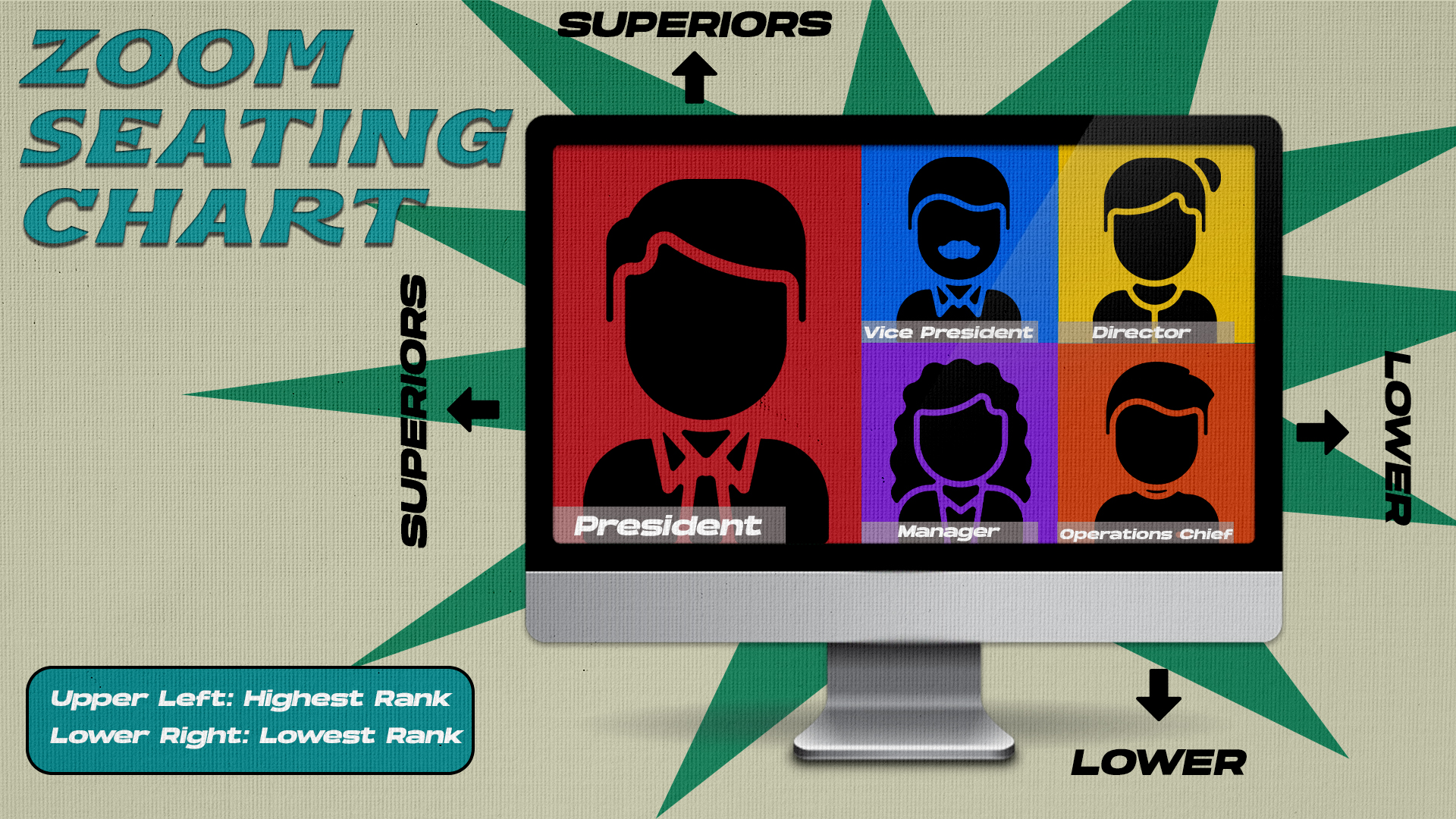
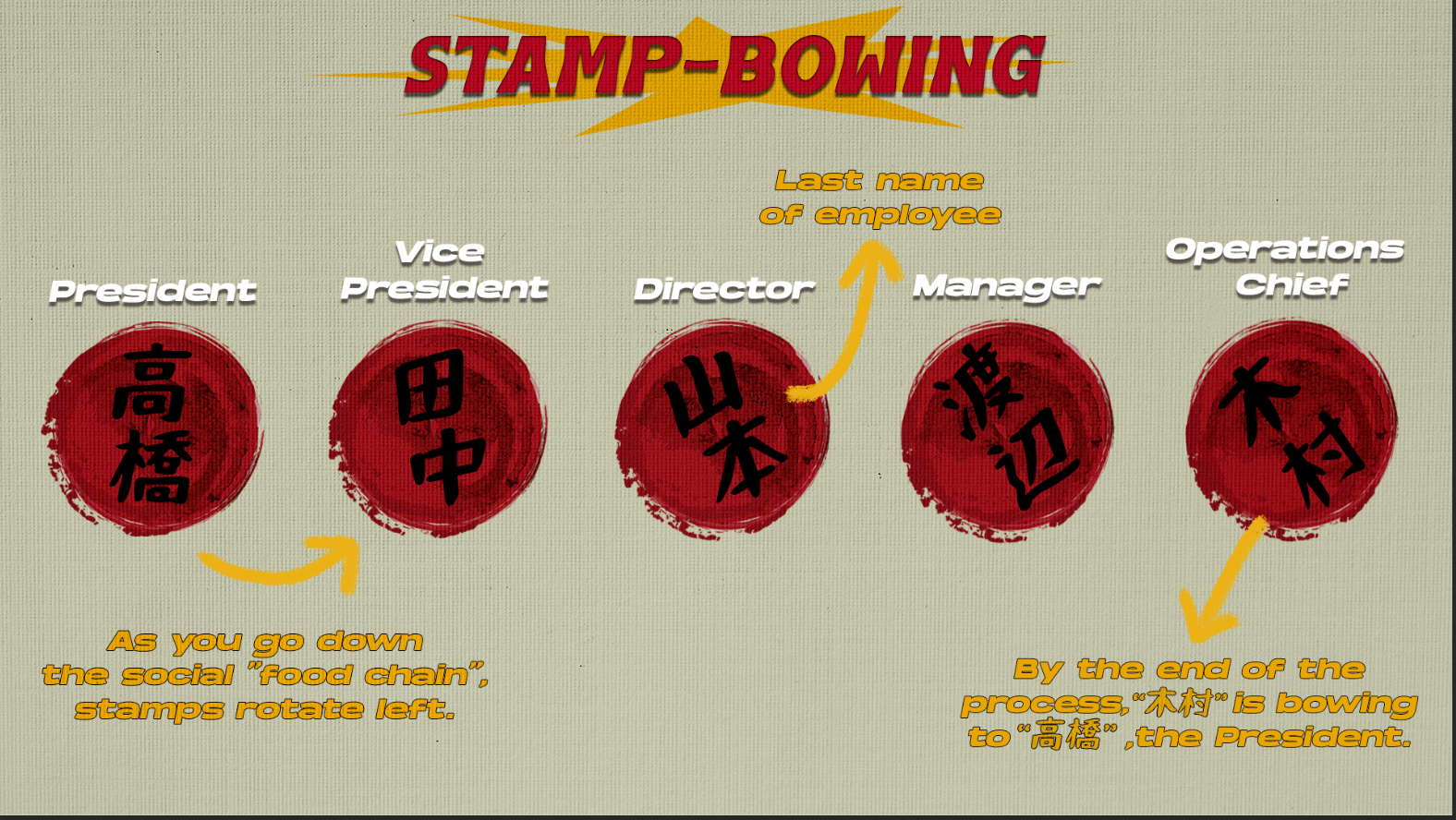
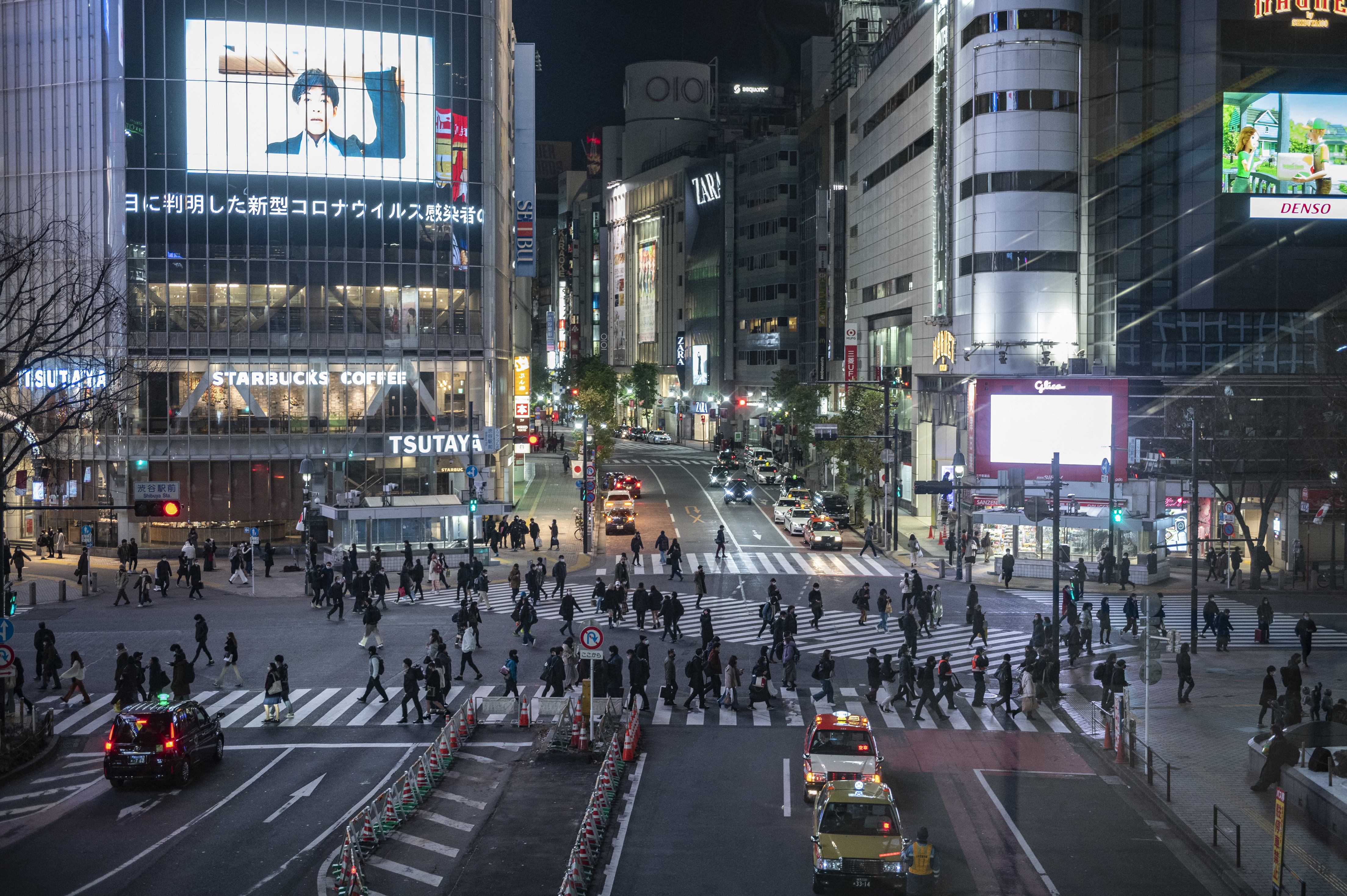
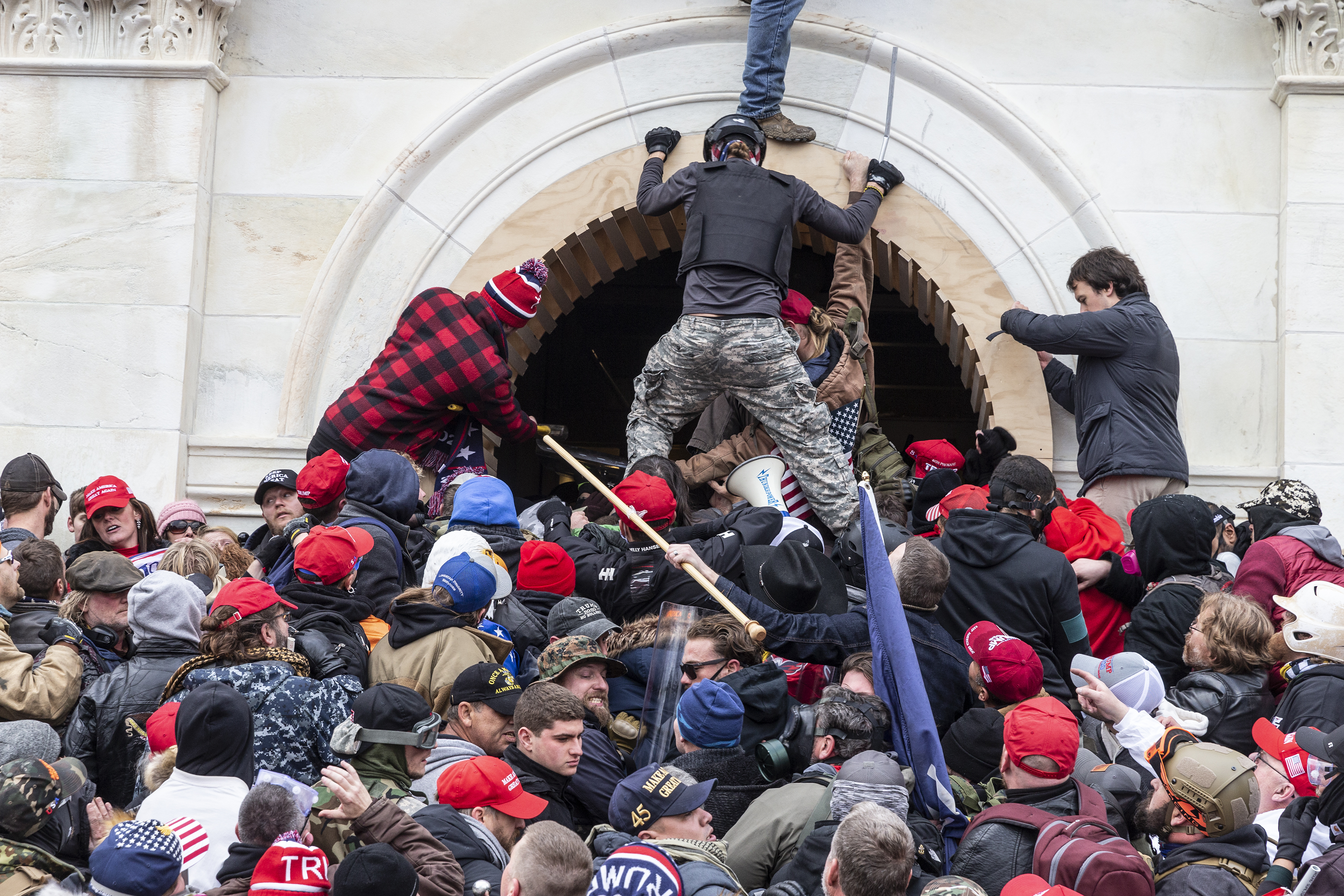




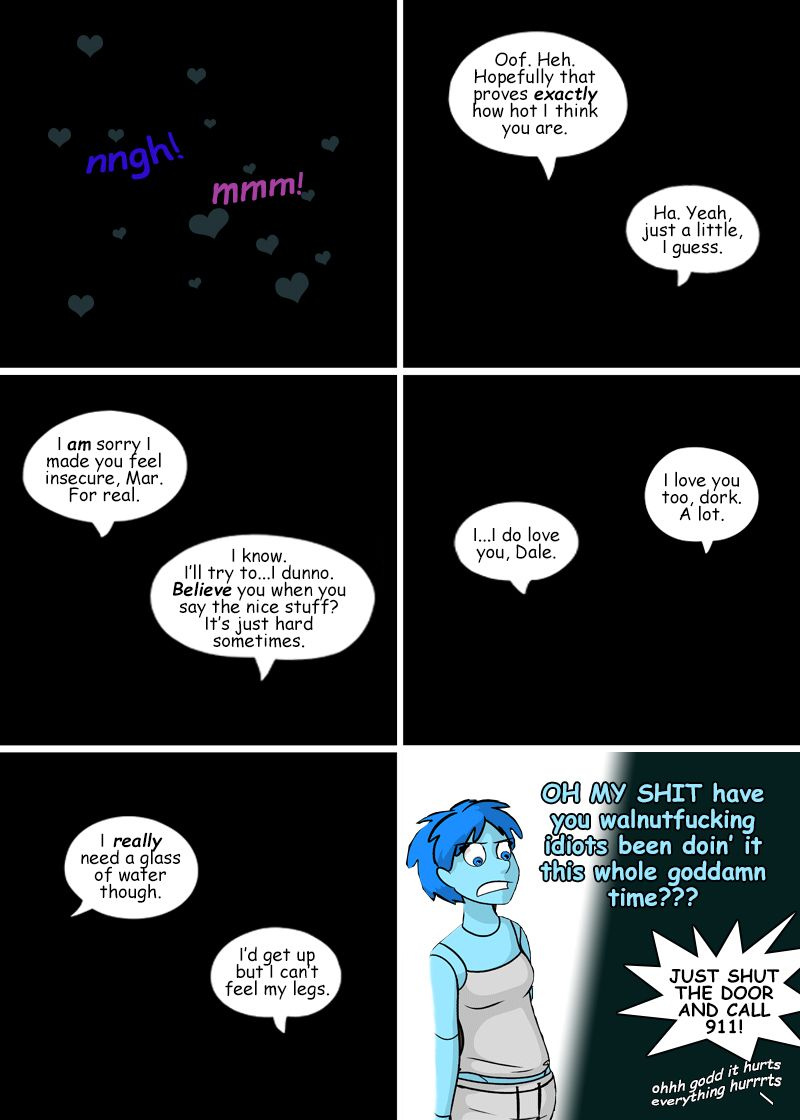



 All photos by the author
All photos by the author



















 In big news for bicycle travelers
In big news for bicycle travelers 
